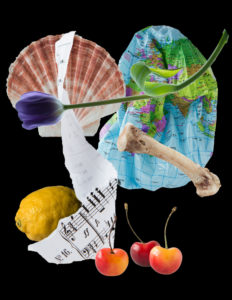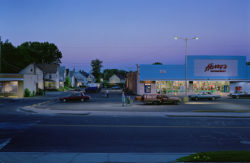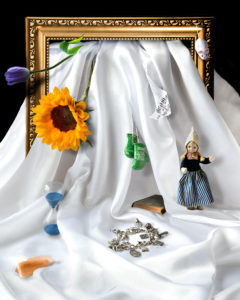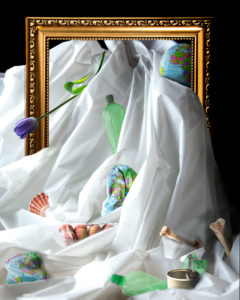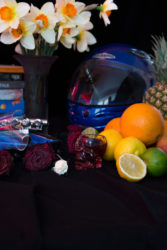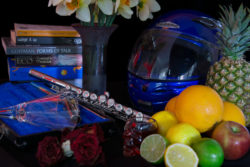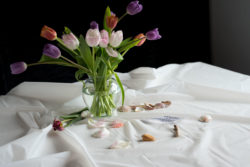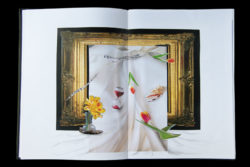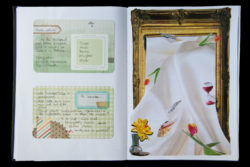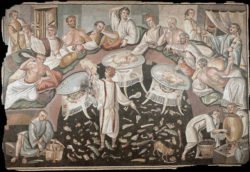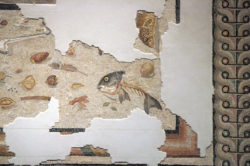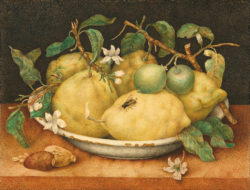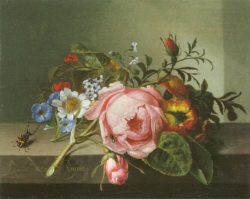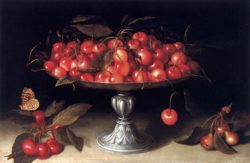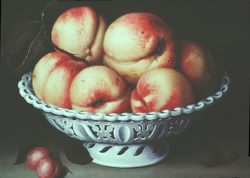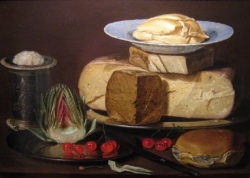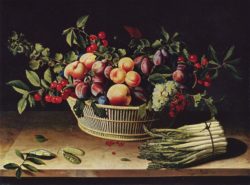In reflecting on this fifth, and final, assignment feedback from my tutor I find I am thinking about both my latest submission and my progress throughout Context and Narrative. It has felt very different to my first course (The Art of Photography) and while it has been a bit of a roller coaster it has stretched me in ways I might not have imagined at the beginning.
When I set out to develop Assignment 5 I knew that ‘Plastic Vanitas’ was going to have a strong influence I just wasn’t sure of the direction it would take. As the research process developed and I talked with fellow students the concept became clearer in my mind, I even did a quick sketch in my notebook. My challenge then became how to execute it technically. This took a lot of refining, practice and trial and error but by the end I was very pleased with the result. It was gratifying to have the outcome endorsed by my tutor.
Very competent technical and visual skills…The images are constructed so seamlessly that they could almost be a still life and not a constructed image, really well done for making the work so flawless.
Initially I was thinking of producing one image but after feedback from the Thames Valley Photography group I decided to go for three, each working with a different set of symbols. In each I wanted to acknowledge the early tradition of Vanitas and build on it with personal and contemporary references. I was pleased to read that the thought I felt I had put into each image was observable by others.
There is a fascinating mixture of traditional symbols, personal symbols and conceptual symbols in your work, it really shows you have thought a lot about every single element of the image and they are all the more fascinating when you read the ideas behind them.
This, of all my C&N assignments, definitely felt like the biggest leap forward in terms of developing my own style and voice. Once I had got past the fear of whether I had the skills to achieve what I was looking for I felt able to develop each of the images. It did feel like I was taking a risk both in terms of the kind of work I was producing and whether composite was acceptable as ‘constructed’ in terms of the assignment brief. I appreciate that my tutor recognised I had been experimental and that what was produced was something distinctive.
You have definitely been imaginative, experimental and shown a strong development of a personal voice in this assignment…The work has been so carefully considered that nobody else could possibly have come up with the same ideas, it is very personal indeed.
Throughout C&N I have expanded the scope of my research, built my knowledge of the work of other photographers (many of whom I had not come across before), and really thought about how I want to build my practice as a photographer. I have increasingly turned to my sketchbook and tested a range of ideas which I think is reflected in the development of A5.
Very personal and reflective as well as being thorough analysis of where you were at each stage. It really feels like looking through a digital sketchbook which is great.
In the feedback my tutor did raise an interesting point about possibly developing this work, which I have thought long and hard about and talked to other students about.
I think looking at combining text with your images as a diptych might really work for this piece.
My challenge is that the images are quite dense with connotations and were not conceived of with additional text. I am not sure what text would be appropriate and as a result at this point in time I have chosen not to rework them as image/text diptychs.




